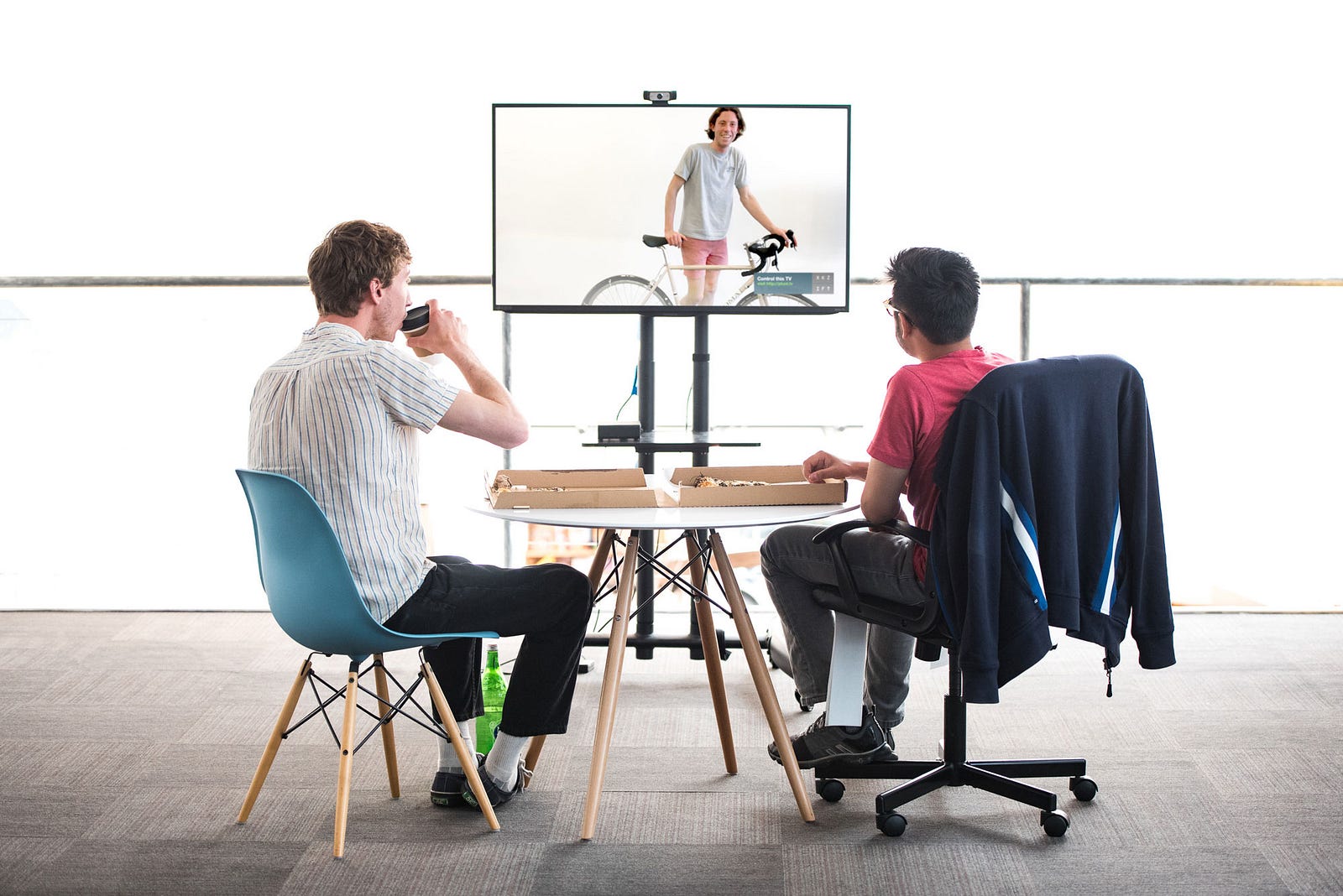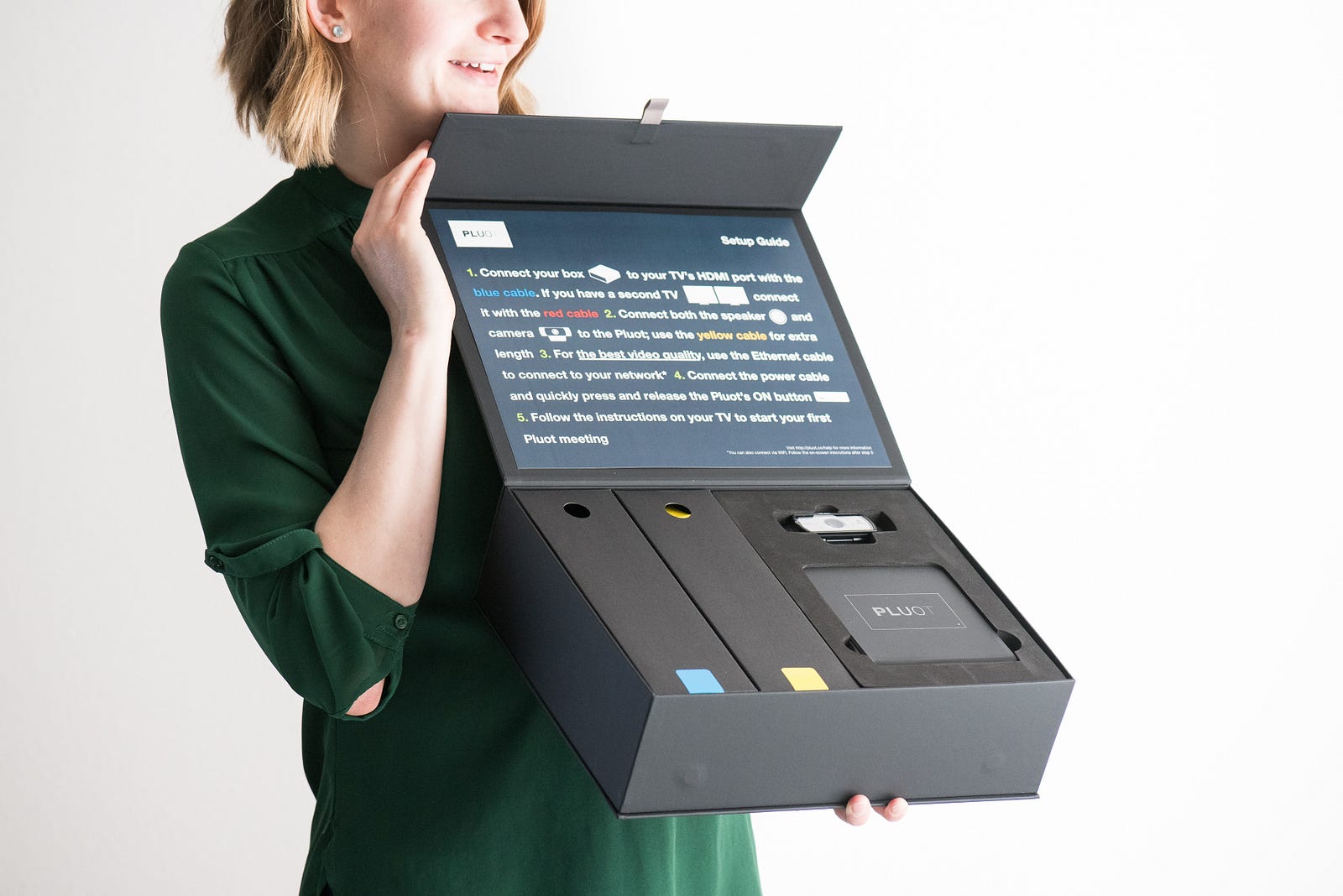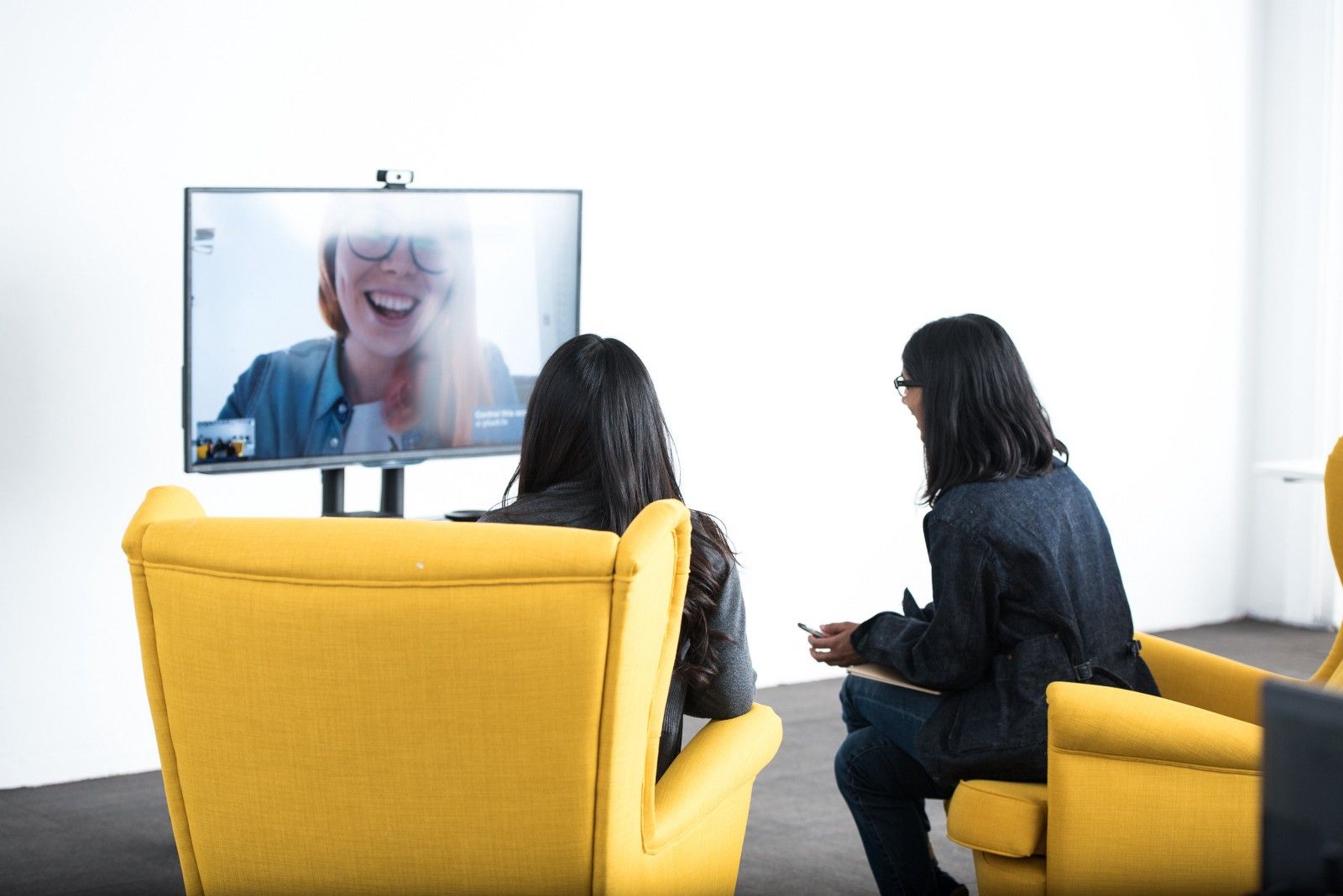Update: We no longer ship dedicated always-on hardware. We instead support an API for developers to build their own always-on hardware solutions.
When researchers from the MIT Media Lab set out to learn why some teams perform better than others, they followed companies from several different industries for six weeks.
What impacted productivity the most, they reported in Harvard Business Review, were a team’s energy and engagement outside formal meetings. “Social time turns out to be deeply critical to team performance, often accounting for more than 50% of positive changes.”
Based on this data, the MIT researchers recommended that one call center, for example, synchronize its employees’ coffee breaks.
- Average “handle time” (a key call center metric) decreased by more than 20% among lower-performing teams
- AHT decreased by 8% overall
- The company rolled out newly synchronized breaks across its centers, forecasting $15 million in productivity increases
Building a connected, distributed culture
Workplace culture is key to team productivity, and your ability to hire and retain great people. Building camaraderie and a culture that inspires colleagues to work well together is tough for any organization. When your company grows, this only gets harder. This is especially true as you expand to multiple locations. Supporting remote workers also is key, so they feel connected, updated and valued.
If you work on a distributed team, you know how many tools get used on a daily basis to keep everyone in sync: conference calls, chat platforms like Slack and HipChat, email, daily standups, weekly status meetings, scrum platforms, Kanban boards. But most of these tools revolve around specific meetings, projects, or channels.
The hardest thing about managing a distributed team is missing out on the benefits of less structured interactions. The idea that comes from a quick chat in the hallway. The mentoring that happens when a senior engineer sits with a junior dev. The efficiency of grabbing two colleagues for an impromptu trouble-shooting conversation.
An always-on video portal helps bring these casual, organic interactions to distributed teams.

How always on helps
Always-on is an easy way to connect your company. Let’s say you have offices in Chicago and New York. When your TVs are on in Chicago and New York, they’re tuned to the same meeting and everybody can see each other.
For example, your Chicago office might have an open-plan workspace. And in New York, your TV portal might be set up by the coffee machine. Someone in Chicago can walk by the TV and say hi to someone getting coffee in New York.
Portals often are set up near social areas like couches, lunch tables and water coolers. Another popular setup, especially with startups, is having the portal in an open workspace.

A portal makes meetings more flexible:
- Impromptu: Skip checking schedules and prearranging video call invitations. Just have each party walk up to the TV, and you’re ready to talk.
- Standing meetings: Start daily or weekly standing meetings on time with no tech set up required. (Just walk up to the TV.)
- Invite others: Set up your portal so remotes can easily join.
In our SF HQ, whoever comes into the office first turns on the TV. (With our Daily.co always on equipment, whenever the TV was on, it automatically joins the portal.)
The TV is in our open work area, so it's easy for the SF team to gather when teammates from other locations join. Remotes often drop in a little early for our daily standup. Some remotes also prefer to drop in during the day.
How to set up a portal
While always-on can help build your team, it requires some resources to set up. You source the software and all hardware, including cam, speaker, and computer hardware to run the software.
What also can be key is whether your hardware is designed to support always-on. If the hardware isn't dedicated equipment, it may not be able to open your portal automatically. You may have to prompt the portal.
Here's where we get into what we've built 👋 Feeling our own need for this tool, and certainly hearing customers request it, we were excited to build out always-on as part of our Daily.co video conferencing.
Our goal was to make it very straightforward. We send you everything you need, in one package. Connect the parts, and plug in the power cord. Once your Daily.co system powers up, your TV automatically joins your portal. If your connection drops, that's OK. Whenever your system goes back online, your TV autojoins your portal. There's no prompting or typing. (You also can lock it so that only teammates can access the portal.)

- A Daily.co order includes a small box (the device), cam, mic, and all the cables you need
- Tell us you want always-on. We configure your boxes so they join the meeting room you want.
- When you get your system, connect the box, cam and mic to your TV. It usually sets up in a few minutes.
- Plug your box in. When it boots up, you're in your portal.
Remotes also can join the portal, by simply clicking on the meeting link. We recently added a new blog post, with more details on the TV setup and auto-join. It has screen shots on what your TV displays as the portal loads. Go here to learn more.
How are you thinking about using always on? We’d love to hear your plans, and how you think a portal supports your team.

